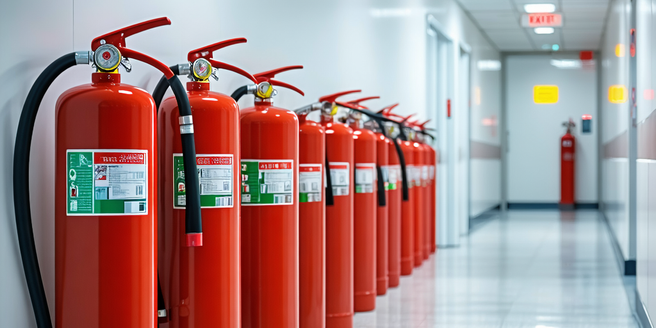
Understanding Fire Hazards and Risks
Understanding fire hazards involves recognizing potential fire sources such as electrical equipment, flammable materials, and heating systems. It’s crucial to assess the likelihood of these hazards materializing into actual fires. Regular fire drills and education sessions can greatly enhance preparedness and response effectiveness. This includes evaluating risk factors like human behavior, such as smoking near flammable materials or overloading electrical circuits. Identifying risks allows for the implementation of preventative measures, reducing potential fire emergencies. By understanding these hazards, businesses and individuals can effectively plan and prepare for emergencies, ultimately reducing damage and saving lives.
Assessing Your Building’s Layout and Exits
To effectively plan evacuation routes, thoroughly assess your building’s layout and exits. Start by mapping all entry and exit points, ensuring they are easily accessible and unobstructed. Evaluate the paths occupants might take during an emergency, focusing on efficiency and safety. In addition, make sure to incorporate feedback from your occupants after each drill to improve the process. It is essential to conduct regular drills to familiarize everyone with the evacuation plan. Consider alternative routes in case primary exits become inaccessible. This process helps in identifying bottlenecks and allows for strategic placement of signs and guides. Understanding your building’s layout is crucial for effective evacuation during emergencies.
Designing Effective Evacuation Diagrams
Evacuation diagrams should be clear, concise, and easy to understand. Key components include exit routes, location of fire extinguishers, and assembly points. Use symbols and labels that are universally recognized to avoid language barriers. Ensure that all diagrams comply with local safety regulations and standards. It is also important to train staff and occupants on how to interpret these diagrams effectively. Place diagrams strategically throughout the building, focusing on high-traffic areas and crucial decision points. Regularly update diagrams to reflect any changes in the building layout. An effective evacuation diagram is integral to ensuring that all occupants can quickly and safely evacuate in an emergency.
Establishing Clear Communication Protocols
Clear communication protocols are vital during a fire emergency to avoid misinformation and panic. Establish a chain of command and designate roles, ensuring that everyone knows who to report to and listen to during an evacuation. Use both verbal and visual signals, and consider supplementary tools like loudspeakers, radios, or emergency apps. Additionally, make sure all communication devices are in good working order. Regularly reviewing and updating contact lists is equally important to maintain an efficient flow of information. Conduct regular meetings to update and practice communication procedures. This ensures everyone remains calm and informed, enhancing the effectiveness of the evacuation plan.
Conducting Regular Drills and Training
Regular drills and training are essential for ensuring all employees or building occupants are familiar with evacuation procedures. It is vital to regularly review and update these procedures to address any potential changes in the building or staff. It is important to communicate the schedule of these drills to all participants in advance. Schedule drills at different times and under various scenarios to prepare for unexpected situations. Training should include use of escape equipment, such as fire extinguishers, and instructions on assisting others, particularly those with disabilities. After each drill, evaluate performance, note areas for improvement, and adjust plans accordingly. Consistent practice enhances preparedness and confidence, ensuring swift action during real emergencies.
Reviewing and Updating the Plan Annually
Annual reviews of your fire evacuation plan are essential to incorporate any changes in building design, occupancy, or technology. Engaging all stakeholders, including emergency services, helps provide comprehensive feedback on the plan’s effectiveness. Regular training sessions for staff can further ensure familiarity and quick response during an actual emergency. It’s crucial to document and analyze any feedback from these sessions to continuously improve the plan. Monitor trends and regulations to update safety equipment and procedures accordingly. Conduct simulations to ensure revisions are practical and address potential shortcomings. An up-to-date plan not only complies with safety regulations but also enhances preparedness, safeguarding lives and property in emergencies.
